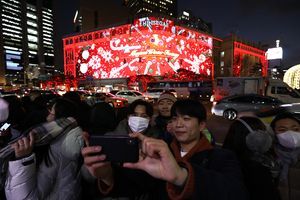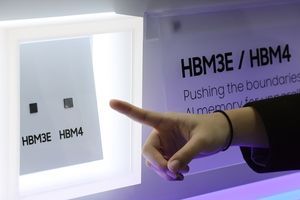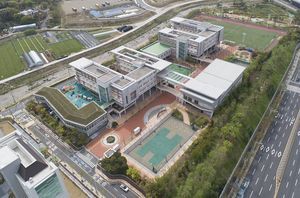How North Korea’s Actions Target the Upcoming U.S. Elections: Missiles, Balloons, and Bold Displays
Daniel Kim Views

North Korea has been on the offensive this week, launching a high-capacity missile and showcasing a facility for producing highly enriched uranium (HEU).
Analysts interpret these actions as a response to escalating inter-Korean tensions and a calculated maneuver ahead of the upcoming U.S. elections.
According to South Korea’s Joint Chiefs of Staff (JCS) on Thursday, North Korea confirmed that it launched over 160 balloons from the afternoon into the night the day before. Authorities have discovered around 30 fallen objects in northern Gyeonggi Province and Seoul. This marks the third release of garbage-filled balloons since the 15th and the 21st of the month.
North Korea announced that it successfully tested a new short-range ballistic missile (SRBM) equipped with a high-capacity conventional warhead. The missile was launched inland, demonstrating accuracy, and employed a mixed firing method with cruise missiles to confound South Korean and U.S. defense systems. The ballistic missile flew northeast, while the cruise missiles executed an eight-shaped pattern over the Yellow Sea before also heading northeast.
The South Korean government has determined that North Korea’s actions are no longer a response to anti-North Korean leaflets. A Ministry of Unification official stated in a briefing at the Government Complex in Seoul on Thursday, “Given that North Korea sends garbage balloons almost daily, we believe their intentions are not related to the anti-North Korean leaflets.” This assessment is based on recent wind patterns and the limited number of groups distributing leaflets.
Analysts note that North Korea has intensified its provocations and military displays as the November U.S. presidential election draws near, contradicting earlier claims that these actions were counter-responses to leaflet distribution.
Hong Min, a senior researcher at the Korea Institute for National Unification, stated, “In a bigger picture, North Korea is simultaneously testing capabilities to strike U.S. military bases and naval forces.” He emphasized that these actions reflect North Korea’s missile development achievements over the past year and serve as a demonstration of its deterrent capabilities before the U.S. elections.
Some analysts interpret these actions as a broad expression of discontentment with South Korean media coverage of anti-North Korean leaflets and loudspeakers, as well as the North Korean flood damage.
They suggest North Korea focused on creating internal discord through low-intensity provocations that attract less international criticism than military provocations.
Yang Moo Jin, a professor of North Korean Studies, explained, “While North Korea claims these actions align with its five-year defense development plan, the reality is more complex. They aim to modernize their weapon systems for export to Russia, leverage North-Russia ties, exert pressure on the U.S. before the elections, consolidate their internal regime by fostering hostility towards the South, and spread anxiety among South Koreans to incite internal conflict.”










Most Commented